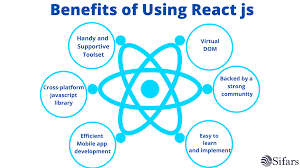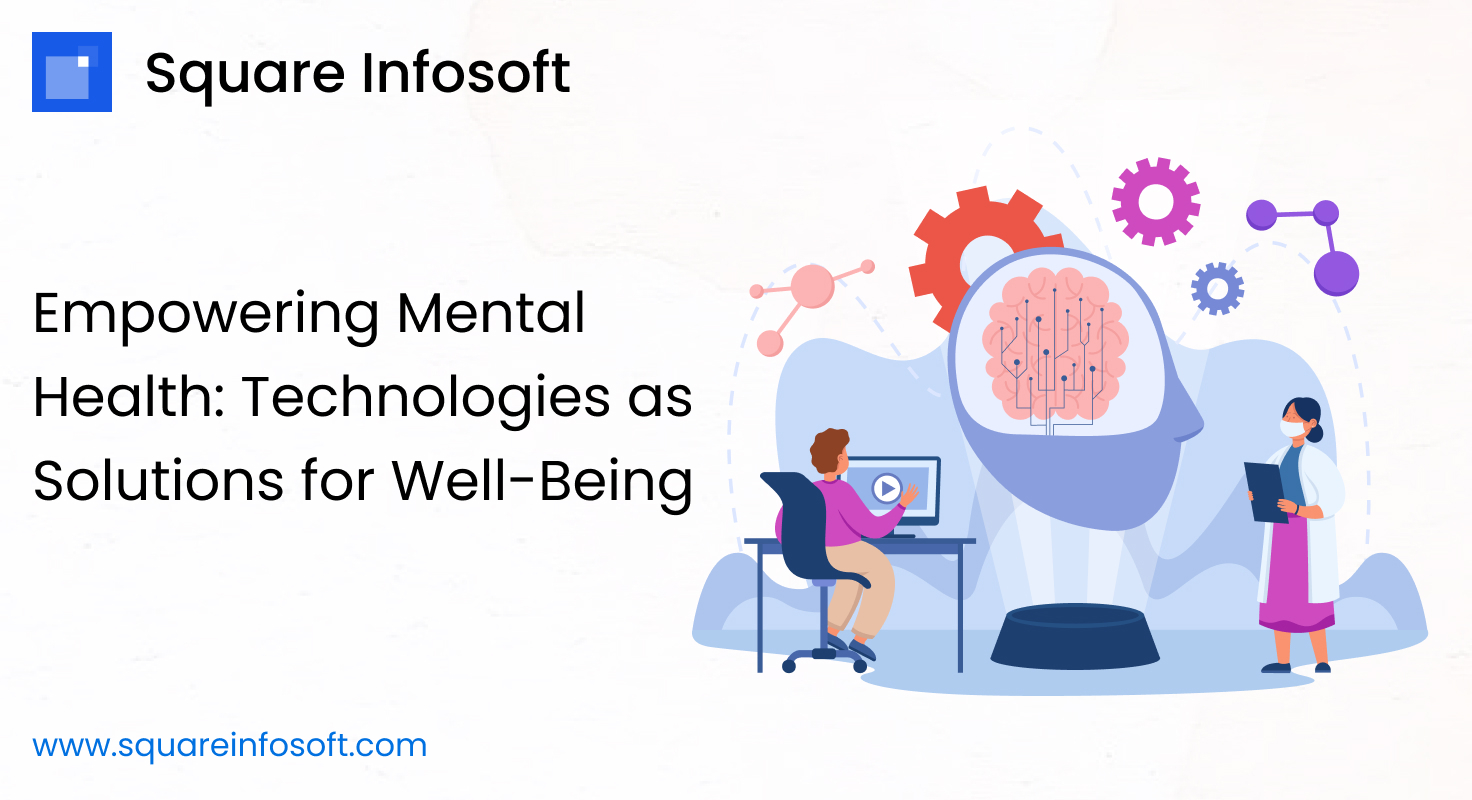React.js, often simply referred to as React, is a popular JavaScript library for building user interfaces. Here are some of the key advantages of using React:
Declarative Syntax:
- React uses a declarative syntax, making it more intuitive and easier to understand. Developers can describe how the UI should look based on the application state, and React takes care of updating and rendering the components accordingly.
Component-Based Architecture:
- React follows a component-based architecture, allowing developers to build encapsulated and reusable UI components. This modular approach enhances code organization, maintenance, and scalability.
Virtual DOM:
- React utilizes a virtual DOM, a lightweight copy of the actual DOM. When there are changes in the data, React first updates the virtual DOM, then efficiently updates only the necessary parts of the actual DOM. This minimizes the number of manipulations needed and improves application performance.
Efficient Update and Rendering:
- React optimizes the rendering process through its reconciliation algorithm, which calculates the most efficient way to update the UI. This ensures that only the necessary components are updated, reducing the time and resources required for rendering.
Unidirectional Data Flow:
- React enforces a unidirectional data flow, meaning that data flows in one direction through the components. This makes it easier to understand and debug the application, as changes in the state of a parent component are passed down to child components in a predictable manner.
Reusable Components:
- React’s component-based architecture encourages the creation of reusable and self-contained UI components. This not only improves code maintainability but also allows developers to create a library of components that can be used across different parts of an application or even in other projects.
Large Ecosystem and Community Support:
- React has a vast ecosystem of libraries, tools, and extensions that can enhance development productivity. Additionally, it has a large and active community of developers, providing ample resources, tutorials, and support.
JSX (JavaScript XML):
- React uses JSX, a syntax extension that allows developers to write HTML elements and components in a syntax that closely resembles XML or HTML. This helps in creating more readable and concise code.
Tooling and Developer Tools:
- React comes with a set of developer tools that can be integrated into browsers, providing helpful features for debugging, inspecting components, and monitoring application performance.
React Native for Mobile Development:
- React can be used with React Native to build mobile applications for iOS and Android. This allows developers to use the same React components and skills to create cross-platform mobile apps, saving time and effort.
In summary, React provides a powerful and efficient framework for building user interfaces, promoting code reusability, maintainability, and improved application performance. Its popularity and widespread adoption make it a valuable choice for web and mobile development projects.




